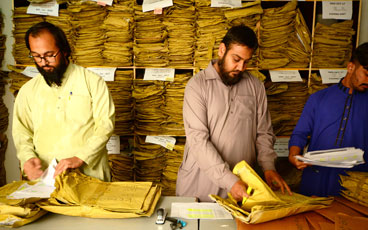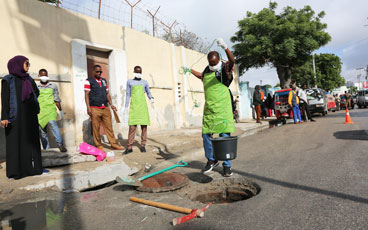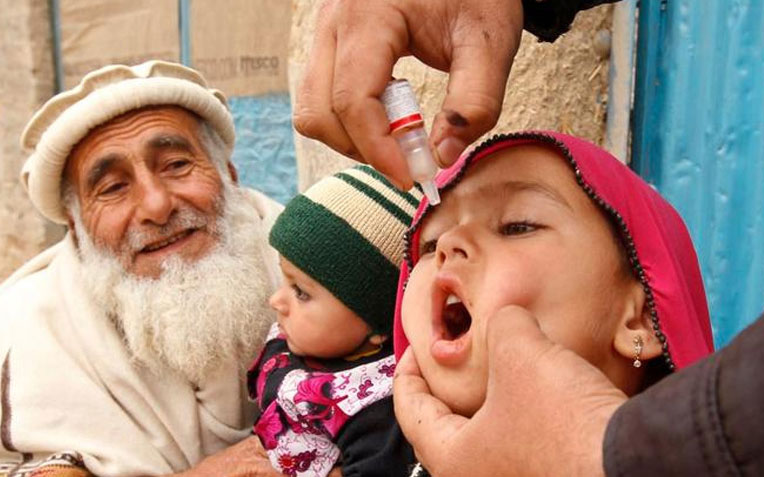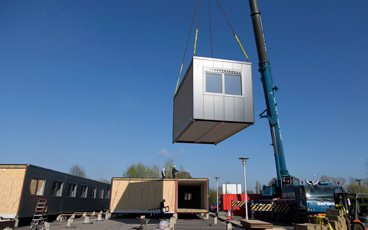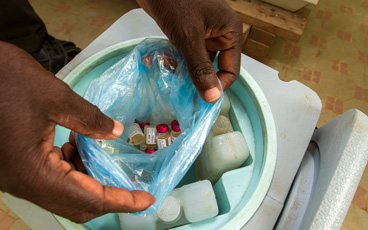Working towards a virus-free polio vaccine
Researchers have taken one step closer to poliovirus-free vaccine production
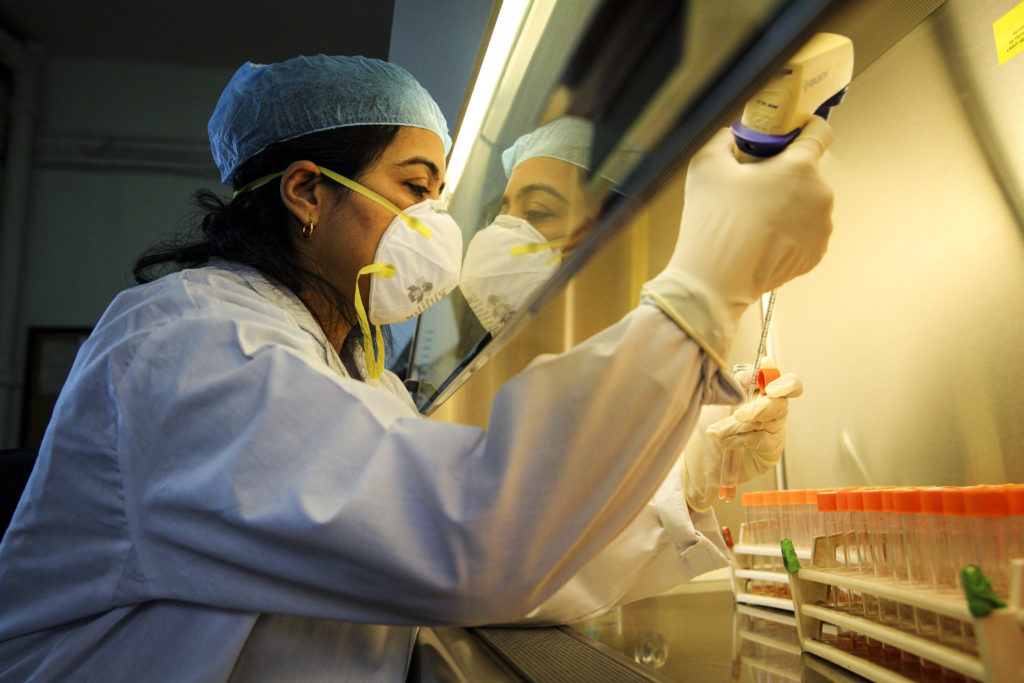
In a promising development for keeping the world polio-free after eradication, a recent study has produced stable polio vaccine using virus-like particles (VLP) in the place of live poliovirus.
The study used VLPs made of empty viral capsids – the viruses’ protein coats – to produce the vaccine which, in initial testing, worked as well as traditional inactivated polio vaccine (IPV) made from inactivated wild vaccine-virus strains in protecting against polio.
This breakthrough opens up the possibility of not needing to keep stock of wild poliovirus to manufacture polio vaccines. A virus-free production process would reduce the risks presented by keeping stocks of the virus, reducing the need for strict biosafety requirements and bringing down the cost of vaccine production. Such an approach could significantly increase countries’ capacity to produce their own national supply of the vaccine, including in developing country settings, due to the strict guidelines for any facility with stocks of live poliovirus.
The current method of producing polio vaccines uses live poliovirus, which means that vaccine production facilities will be one of the few places the virus will continue to exist in the post-eradication era. Currently, IPV is made by growing, then inactivating the virus. Because vaccination against polio must continue for a number of years after the world is certified polio-free, there will be a continued need to retain the live virus for vaccine production.
Strict containment regulations are being implemented for poliovirus-essential facilities that need to host the live virus, but there will always remain a risk of reintroduction into the environment, as was seen with the accidental release of the eradicated smallpox virus from a laboratory in the UK in 1978, which resulted in the death of a woman.
The risk of reintroduction after eradication is a source of concern for maintaining a polio-free world, but if vaccines can be produced without the need for any live virus, the risk of release from vaccine production facilities will be eliminated.
Past research in this area has indicated poliovirus capsids were too unstable and sensitive to temperature to be a viable option for vaccines. This study, conducted by researchers from the National Institute for Biological Standards and Control, represents a significant step forward in the development of a virus-free vaccine.
Roland Sutter, Coordinator of WHO’s Polio Research, Policy and Containment team, said he believes that VLPs could replace current polio vaccines, but there is a lot more work to be done. If successful, however, this could “make the world a much safer place,” he said.
The use of VLPs in vaccine production requires further research, evaluation and clinical trials. This will be conducted as part of a global consortium of collaborators, conducted by the University of Leeds, United Kingdom (UK), the National Institute for Biological Standards and Control, and funded by WHO through the Bill & Melinda Gates Foundation.



